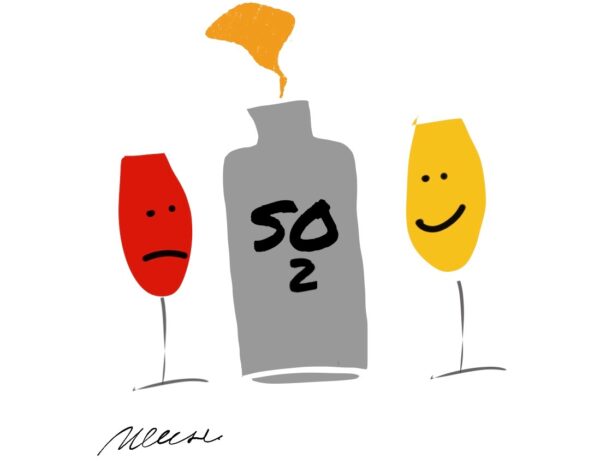A few years ago, I visited the island of Vulcano, one of a flotilla of small land masses that poke up from the Tyrrhenian Sea off the northeast coast of Sicily. It’s the place that gave European languages the word volcano, and one of four of Italy’s active, above-ground volcanic centers is located here.
I didn’t climb its slopes, but I can tell you that the moment I set foot on the island I smelled the sulfur in the air. It isn’t the pleasantest sensation, but one of the reasons the up and coming Roman Republic was willing to go to war over control of the islands was because they could collect sulfur easily here.
The element was a valuable one in the ancient world, in regular use as a general purpose fumigant and a key ingredient in medical balms and ointments. It was known from early days that wine held in a barrel fumigated with a sulfur match would keep longer. But it wasn’t until Pasteur came along in the 19th century, that we understood its talent for killing the newly-discovered creatures known as bacteria.
Today, sulfur is widely employed in winemaking both in the vineyard and the cellar. It’s a cheap and effective treatment against two scourges of viticulture, the powdery and downy mildews, and has a host of applications, all aimed at either suppressing unwanted biological activity or as a prophylactic against oxidation. Grapes may be dusted with it at harvest.
Finished wine may get a first dose once it is safely tucked away in barrel and a second when it’s bottled. SO2 is especially valued in the making of white wines that depend on limpid hues and bright fruit for their market appeal, since it retards the processes that would otherwise result in browning and a diminution of fresh fruit flavors.
But, for all its wonder-working properties, sulfur has a dark side: the indiscriminate
Unsulfured and minimally-sulfured wines are less well protected against oxidative influences, however. As a result, they may display less of the brilliant clarity and lively fruit flavors consumers have come to expect in modern, commercial wines.
This isn’t necessarily a negative, since low-sulfur and no-sulfur wines may offer a spectrum of flavors and aromas that are beyond the reach of their conventionally-made counterparts. But then, unprotected wines can just go off — overwhelmed by bacteria that can make wine genuinely unpalatable, resulting in unhappy consumers and harming both the reputation and bottom line of winemakers.
The time may come when alternative solutions for the problems sulfur solves and remedies for the ones it creates are at hand. Until then, conscientious winemakers will just have to reconcile themselves to the uneasy relationship it demands. But isn’t that what frenemies are for?
